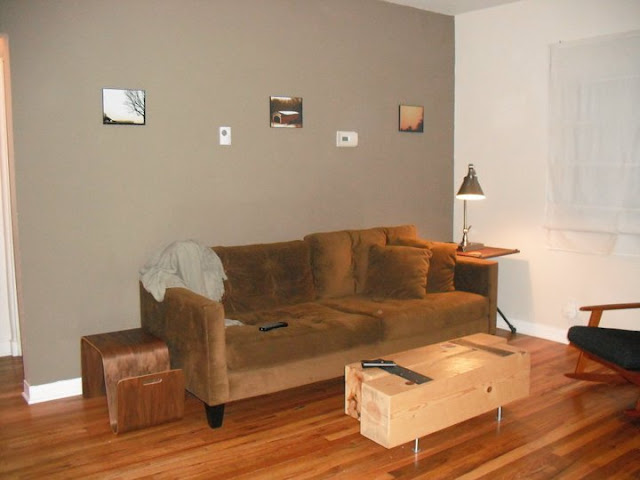Although I have been interested in feminism and childbirth in one shape or another for so long that I can’t even remember where the interest came from, I just recently made the decision to put this passion into fruition and become a doula. This entry is an avenue to help me explain why.
The word doula comes from the Ancient Greek meaning “a woman who serves.” Today, she is a woman serving women, their families and their new babies. She is a “trained and experienced professional who provides continuous physical, emotional and information support” (DONA website) before the birth, during labor and delivery, and even weeks after during the postpartum period. Not only does a doula greatly affect the positive statistical outcomes of safe and healthy births (like shorter labors, fewer medical interventions, fewer c-sections, greater breastfeeding success, etc.), she also helps in protecting and cultivating a woman’s right to choose. She is a gentle servant as well as a tough soldier in the ongoing battle we feminists face towards feminine empowerment and equality.
Most importantly, I want to become a doula because I want to serve other women. I want to help more women have the caring and compassionate birth they envision and deserve, while helping to keep them safe, happy and informed. I want to eliminate fear, ensure full disclosure from medical professionals as well as help a pregnant woman find her voice and remind her that she always has the right to choose what is being done to her. I also want to be her cheerleader, a source of encouragement and strength as well as a source of comfort and reassurance.
Along with serving the mother, I want to give her partner the confidence and support they will need to effectively assist their loved one in birth. I also want to give the couple an opportunity to discuss fears and inhibitions they may have and answer questions and help find solutions. Not only do I want the mother to have a positive experience, I want her partner to be able to enjoy the experience as well. Along with providing continuous physical and emotional support, I also want to help the new family capture their experience by taking photos and keeping a written account of their birth.
After the birth, I would like to provide whatever support I can to the new family. That may mean providing guidance in breastfeeding, teaching how to use cloth diapers, or giving advice on umbilical cord care. Or it may mean cooking dinner, tidying up around the house, washing laundry and caring for her other children or household pets. Or it may mean just being a shoulder to cry on or being that person who will care for the baby while mom grabs a nap or a walk around the block. Whatever it means, I aim to be flexible and will encourage the new mother to guide me in what support she needs.
Childbirth is awe inspiring and something I will never grow tired of and has always been something I have wanted to be a part of. Also, my near ten-year career as a bored paralegal sitting behind a desk has left me yearning for a truly hands-on career. Although the former reasons were important in my decision to train for this new career, my true personal stake in becoming a doula is that I have longed for the opportunity to meet and teach women about the fundamentals that I find are so important to the health of individual women, but also to health of our generation of feminism. I want to influence my generation of women to better understand the importance of feminism and female empowerment, by putting an end to the fear and pain inducing ignorance many Americans have toward childbirth.
I want to correct the myths of a medical birth and end the ignorance that surrounds American’s perceptions of “life-saving” medical interventions being done to pregnant women every day. It’s necessary and important to make aware the dangers involved in the risky procedures medical professionals casually perform in nearly every hospital birth.
Also, a woman’s perception about her body and her capabilities are greatly influenced by the care she receives during her pregnancy and birth. And as progressive as our country is, we women have very little, if any decision-making power about how we will be treated during pregnancy and birth. So, in becoming a doula, I want to be a cog in the machine that puts an end to this offense against women.
In the forward of Ina May Gaskin’s latest novel, Birth Matters, Ani Difranco voices an opinion I’ve always held: “It confuses me that I, an educated, privileged woman in twenty-first century America, am surrounded by women who think they need saving and, because they are denied the opportunity to know otherwise, may believe it forevermore.” As a doula, I hope to change this “damsel in distress” mentality many young women hold and to help her understand her true capabilities and help her maintain control of the most basic processes of her life.
Aside from serving women physically and emotionally through birth assistance, above all, I want to serve women by uncovering years and years of feminist wisdom.





























